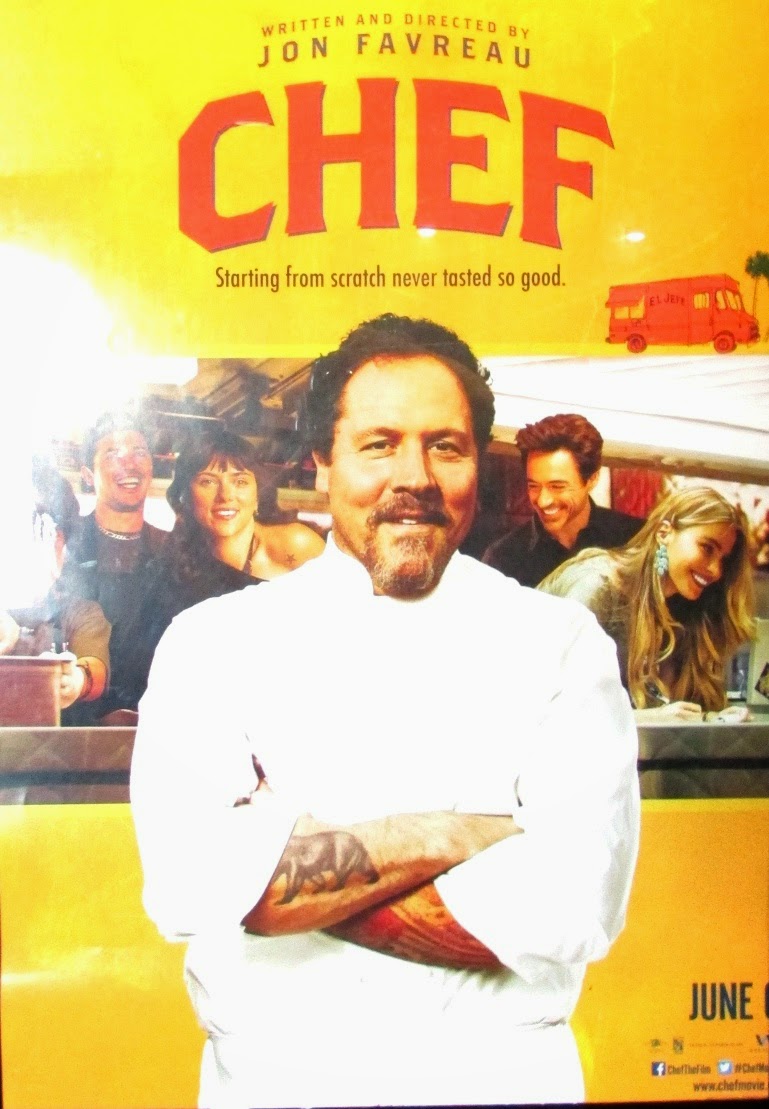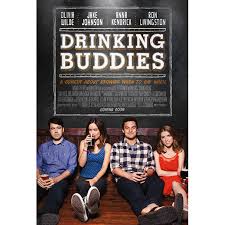James Taylor in Milwaukee
At sixty-six, James Taylor has no doubt uttered the same song introductions and comebacks to yelling fans hundreds of times, but on Tuesday night at the Bradley Center in Milwaukee, Taylor made it sound as if he was bantering with the audience for the first time, using the same easygoing delivery that he employs with his music: endearing, charming, playful and never over the top. When one fan yelled out, “I love you!” Taylor paused, looked out and said dryly, “I’m beginning to have feelings for you too. This is all so sudden.” After two sets totaling almost two and a half hours, one got the sense that fans were wowed as much by Taylor’s remarks between songs as they were by his music and all-star cast.
Taylor's easy-going nature led a friend of mine to ask during intermission: "Does he ever rock out?”
Um…no. Like the Jackson Browne concert I saw last month in Chicago, Taylor’s version of rock is something more subdued, the kind of rock one might prefer on a rainy Sunday morning. But whereas Browne’s lyrics are laced in sorrowful, melancholy tones, Taylor’s ooze with optimism, from the heartfelt expressions of love in his beautiful new song, “You and I Again,” to the overly saccharin (for my tastes) “Only One” and “Shower the People.” Where Taylor really shines is in songs that offer just a hint of reverence or longing. Taylor playfully described “Country Road” and “Carolina in My Mind” – mainstays in his touring repertoire – as "hippy, tree-hugger bullshit," but these songs are nothing if not an ode to nature filtered through the eyes of Taylor’s childhood in North Carolina where the landscape colored his world. It’s not just a celebration of nature; there’s a tinge of something beautiful lost along the way.
Taylor offered a few surprises, including three new songs as well as deeper cuts such as “Lo and Behold” from 1970’s Sweet Baby James, “Millworker” from the failed Broadway musical Working, and “One More Go Round,” a tune from 1991’s New Moon Shine that he introduced by stressing that while the groove is good, the lyrics are somewhat subpar. As with most of Taylor’s concerts, too much of his set list remains constant year after year. He played the usual four songs from his debut album (plus one extra), plus another four or five mainstays, and it would have been nice had he performed a few more songs from lesser-known albums.
Like Jackson Browne and Paul Simon, Taylor consistently assembles a fantastic band. Even the simplest of tunes can appear interesting and complex when watching drummer Steve Gadd, guitarist Michael Landau and bassist Jimmy Johnson execute their craft. The sound was also excellent, though at the booming Bradley Center, I could hear another James Taylor Band playing half a second after the real live band on stage as the sound bounced off the back of the arena. Since only the first level of the arena was used, it would have made more sense to play at the underutilized Milwaukee Theater.
For the final two songs, Taylor sported a personalized Brewers jersey that a fan had offered him during his first encore. It was a nice touch, as was Taylor's thank you to the audience for allowing him to continue to play music for all these year. He’s clearly a man who’s still in love with performing, and luckily his voice has remained strong. Judging from last evening’s concert, I imagine there will be many more tours in Taylor before he decides to call it a day.


